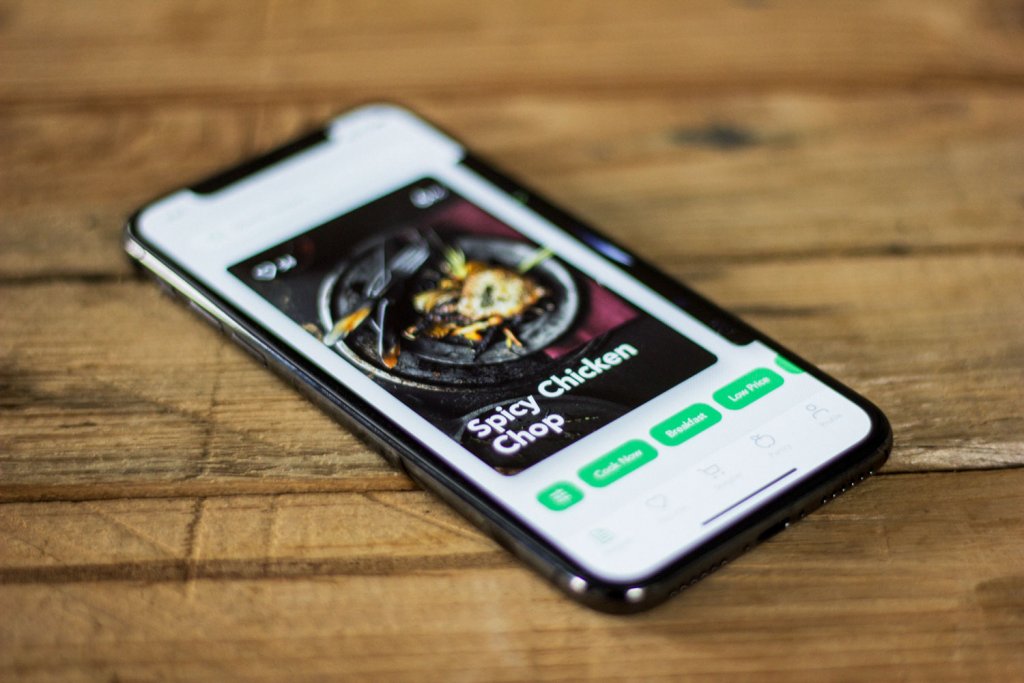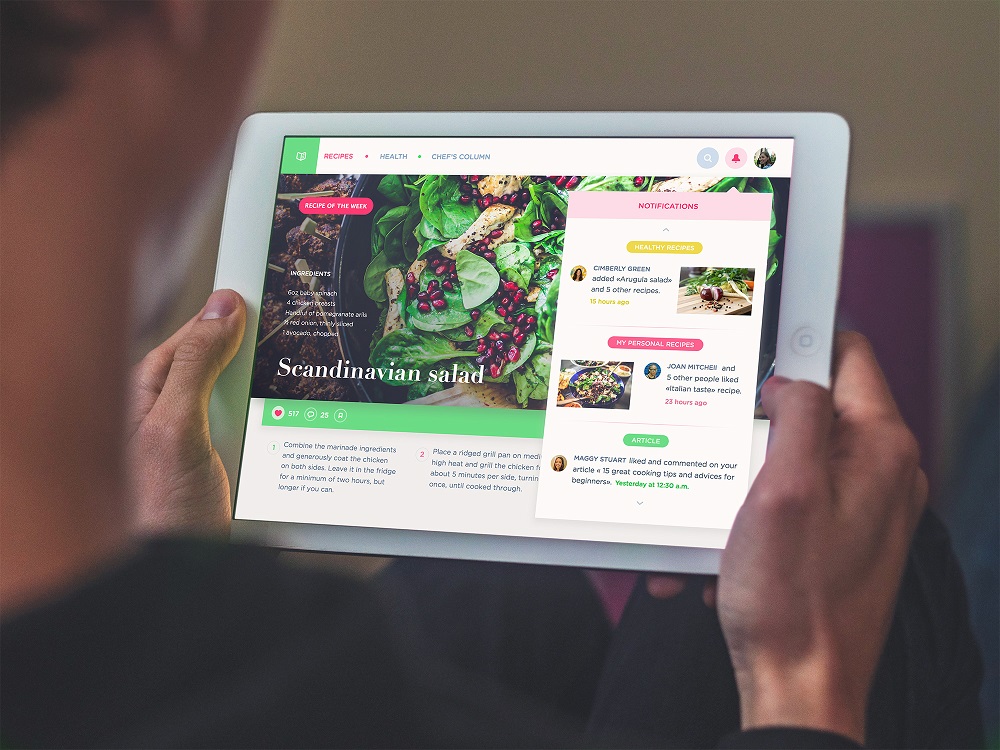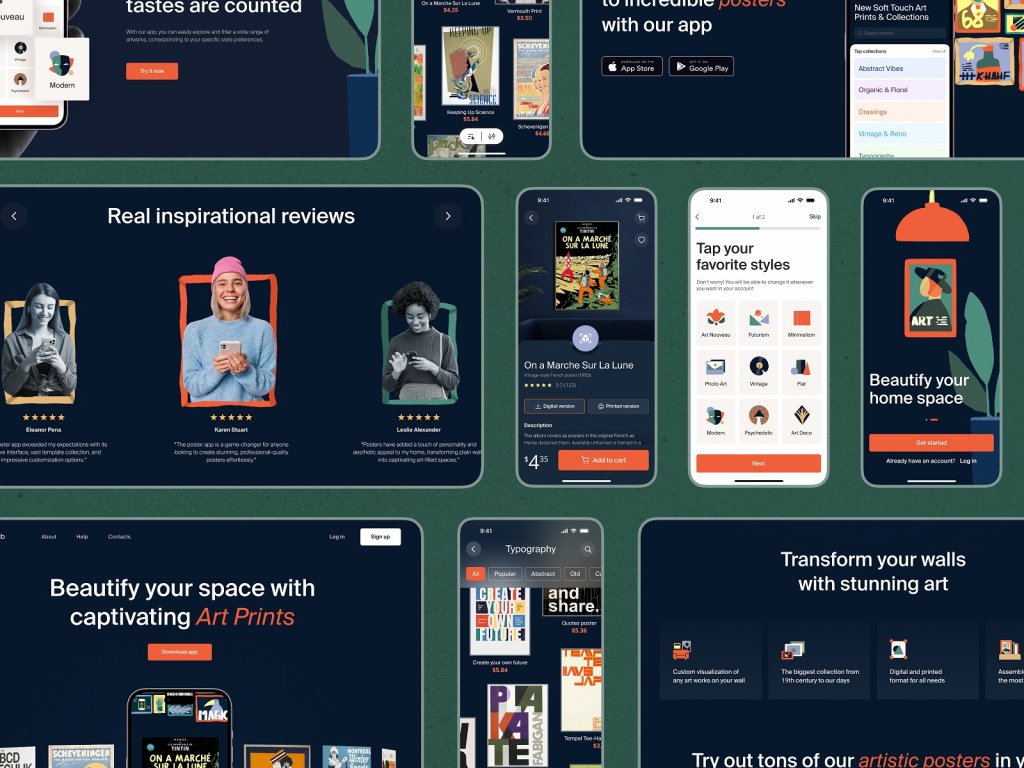No doubt, every designer – as well as any creative person – wishes to make something desired by lots of users, preferably on a regular basis. There is a group of creators who claim that they are interested in the process or the fact of creation and don’t care about the further life of the product, still, it’s incredibly tiny if compared to the number of people who want to see the results of their creative work usable, useful and regularly used. One of the key factors to achieve this goal is knowing the final users and ways to motivate them. So, today let’s take another little journey to the psychology of users, this time concentrating on types of motivation and their influence on design solutions.
What is motivation?
Basically, motivation is the term coming from psychology and dealing with behavior. This concept describes something that makes people do particular actions giving specific reasons for these actions or needs. Motivation is the force that gives people motives, defined in Merriam-Webster dictionary as “something (as a need or desire) that causes a person to act”. According to professor of psychology J. Nevid, “The term motivation refers to factors that activate, direct, and sustain goal-directed behavior… Motives are the “whys” of behavior – the needs or wants that drive behavior and explain what we do. We don’t actually observe a motive; rather, we infer that one exists based on the behavior we observe.” (Nevid J., Psychology: Concepts and applications. 2013)
Motivation appears on the crossroads of biological, cognitive, social, and emotional factors, that all together influence its strength and behavior it stimulates. Three basic features which could describe the motivation of any kind are the following:
- Activation – the decision to activate the particular type of behavior, often stimulated by formulating a particular goal or achievement
- Persistence – the power of effort which is taken in a short-term or long-term perspective to achieve a particular goal
- Intensity – the level of concentration and desire applied by a person to achieve the goal
Why is it important for designers to understand the types and mechanisms of motivation? Because it shows the direct way how to make the product correspond to users’ expectations and solving users’ pains. The product, which is designed, can be extremely helpful, but to learn that, the user should be motivated to try. And design, being the part of the product, which is both functionally and emotionally appealing, is the first and powerful way to give a user the reason to try the app or website.

Two basic types of motivation
There are two major directions of how motivation evolves, and they deeply influence the decision-making process. In short, they are based on what is the source when “Why would I do that?” appears and encourages us to act: some of these reasons come from the outer world while the others are found inside ourselves. On that ground, psychologists define extrinsic and intrinsic motivation.
Extrinsic motivation
This term unites the group of factors that come from outer sources. These motives can come from family, professional environment, competitions, contests, etc. The motives of this sort encourage the person to deal with the outer world of other people as there is no other way to achieve particular goals. It means that they involve the diversity of social reasons as well as stereotypes. Cultural background, age, and gender, level of education, country of residence, religion, and family status – these and many other factors can form and correct the reasons coming from outside and motivating people to communicate and behave this or that way. In the vast majority of cases, extrinsic motivation is a seek of reward, which can be tangible (money, prizes, diplomas, certificates, trophies, medals, etc.) and intangible (praise, support, recognition, etc.). The situation of the competition itself presents the strong extrinsic motive: some of us are more motivated with not the prize we get but purely with the understanding that we won the others. Moreover, this factor can become even stronger in the case when there is direct support from others like friends or followers.
These factors should be the object of thorough research for UX designers as they actually present the doors opening the digital products to the world. Motivation via rewards has been widely used in all kinds of games – without it for many users, a game usually doesn’t make sense – it should present the real goal which is achievable and stimulates persistence in the process of getting it. The wide invasion of the internet technologies and social networking added the element of constant competition with others strengthening the power of outer sources of motivation.
However, this mechanism of attracting and retaining users is applied in a variety of digital products now, including those which are far from games in their traditional understanding. When you are marked as the most loyal customer or are promised to be given a discount in case of the particular purchase; when you get the certificate via the online educational platform of which you can boast to your friends via social networks; when you are marked as the top writer or top contributor on the blog platform, and so on so forth – all that stuff presents the signs of extrinsic motivation. And that’s not bad: that’s just the way to make specific activities reasoned, which is crucial for most users. The trick is to find which reason works for this particular audience.
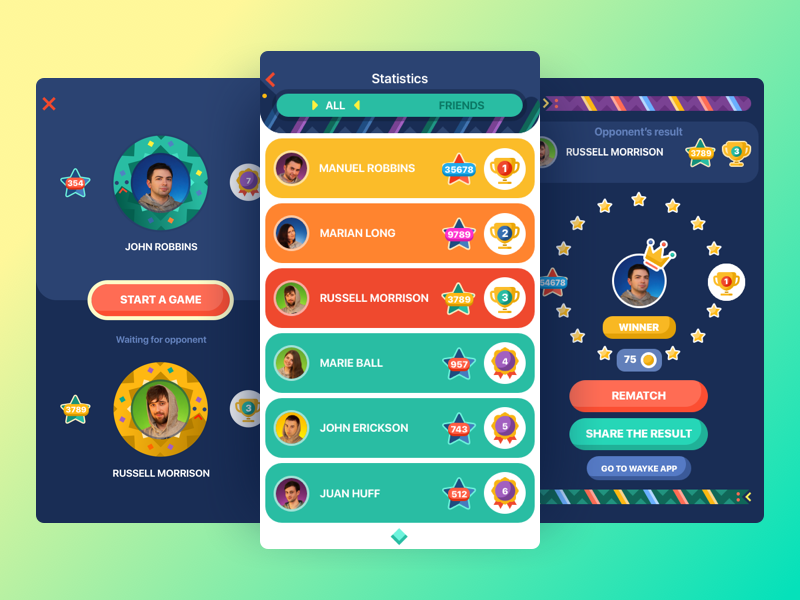
Snake Battle App based on the extrinsic motives of winning the battle and getting rewards
Intrinsic Motivation
This is another side of the coin: that set of motives and stimuli comes out from the inner world of the person. These are the motives that are formed by the wishes and needs the person has due to their intelligence, soul, and heart. These are the motives that can be much harder to find and understand, but much longer to work successfully.
Intrinsic motivation is the inner engine moving a person to self-improvement whatever it could mean. In fact, people are born with this need and wish, which gets the higher level of development when the person satisfies basic needs like food and shelter and goes to the next stages in the hierarchy of needs. It’s natural for us to wish to try new things, to accept new challenges, to try our own abilities and gifts, to feel satisfaction from getting new knowledge and mastering new skills. This type of motivation is often stronger than the previous as it comes from what nature the person has and what personal likes or dislikes move the decision-making process. In everyday terms, we often call this type of motivation “interest” or “desire” which becomes a significant factor for retaining users. And it’s a well-known factor that the simple explanation: “I do it just because it’s interesting” is one of the strongest motives which can only exist. It moves the user to act because of the subject of the activity itself rather than reward or recognition.
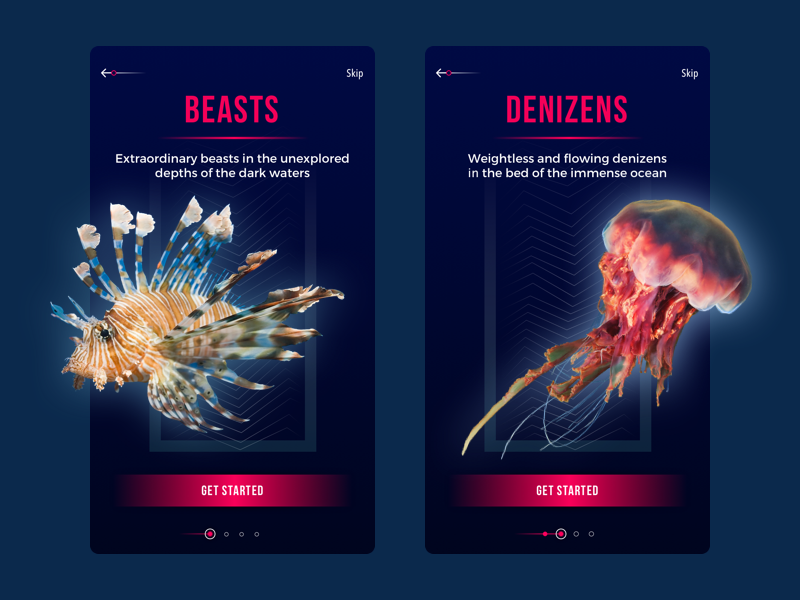
Underwater World Encyclopedia based on the intrinsic motive of getting new knowledge
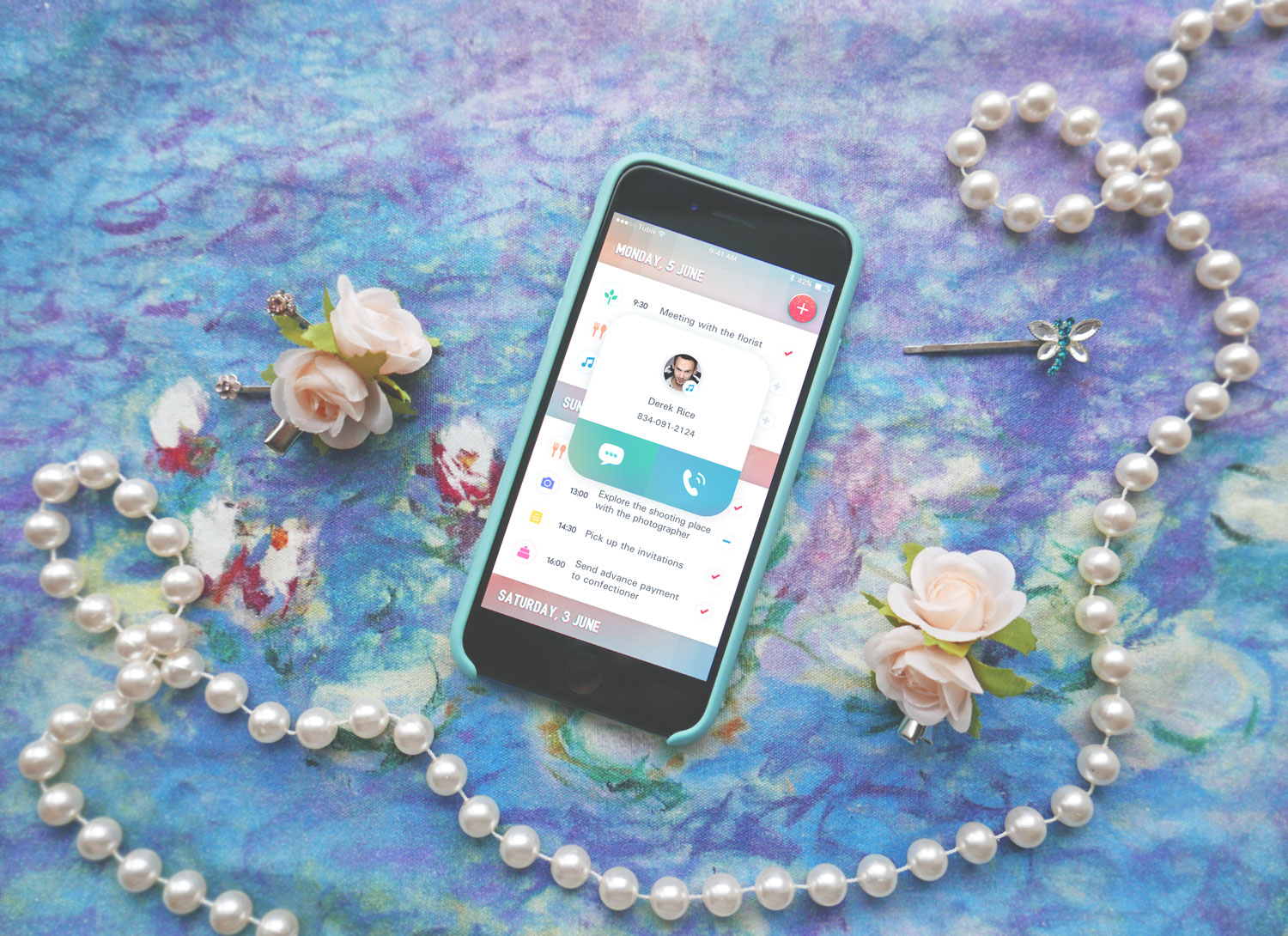
Wedding Planner based on the intrinsic motivation to optimize personal effort in the organization of the event
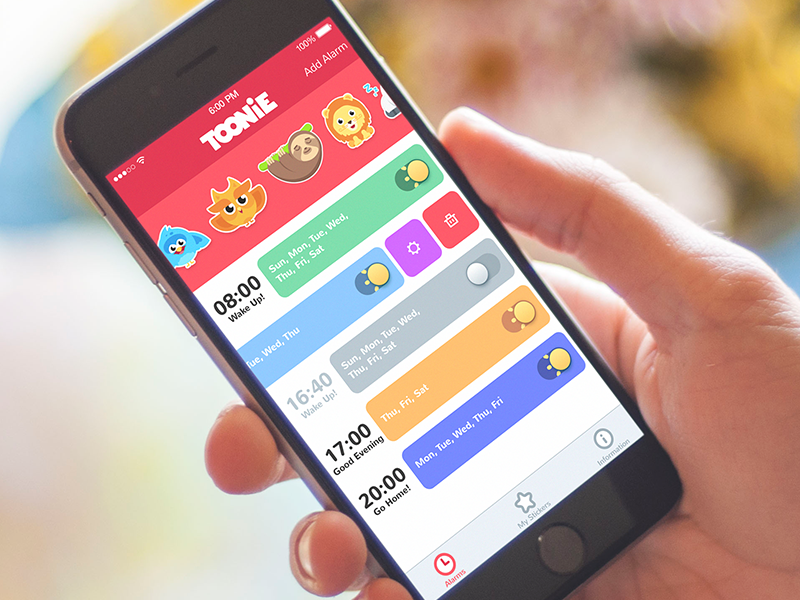
Toonie Alarm combining intrinsic motive (getting up on time) and extrinsic motive (getting stickers as rewards)
By getting knowledge about the target audience at the stage of user research, designers can analyze which types of motives and which combinations will work for the specific users.
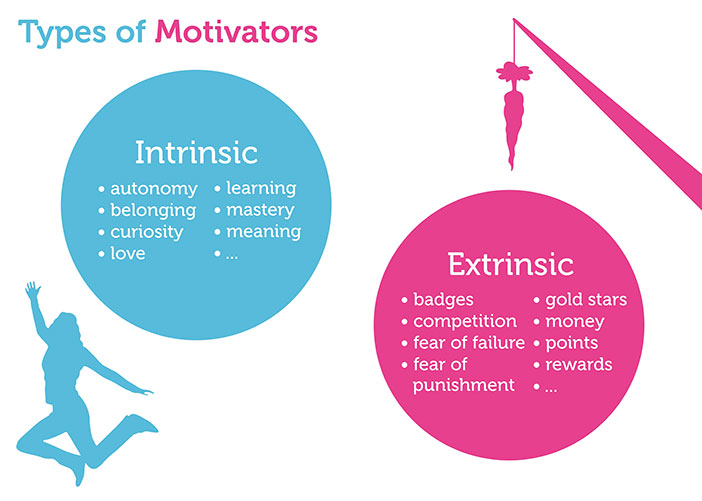
The visual presentation of two major motivation types by experts from the Interaction Design Foundation
Building motivation with design
Knowledge of the mechanisms of motivation can become a great help for UI/UX designers and information architects. The advantage of providing appropriate motives for the target audience can be applied at the levels of:
– thinking over the clear application or website structure and organization of triggers and informational blocks supported with rigorous user research
– building navigation and call-to-action elements according to things that engage users motivating them to act
– creating appropriate layout demonstrating key benefits or rewards
– providing supportive onboarding process motivating to try the product and test its functions
– presenting visual design solutions appealing to the target audience and adding the motive of aesthetic satisfaction
– including the copy that stimulates users, describes the key benefits of the product, the achievements users can get, and support available in the process of interaction
– adding the features of setting short-term and long-term goals
– enabling users to share their achievements via various social networks – approval and praise of virtual communities is the powerful extrinsic motive nowadays.
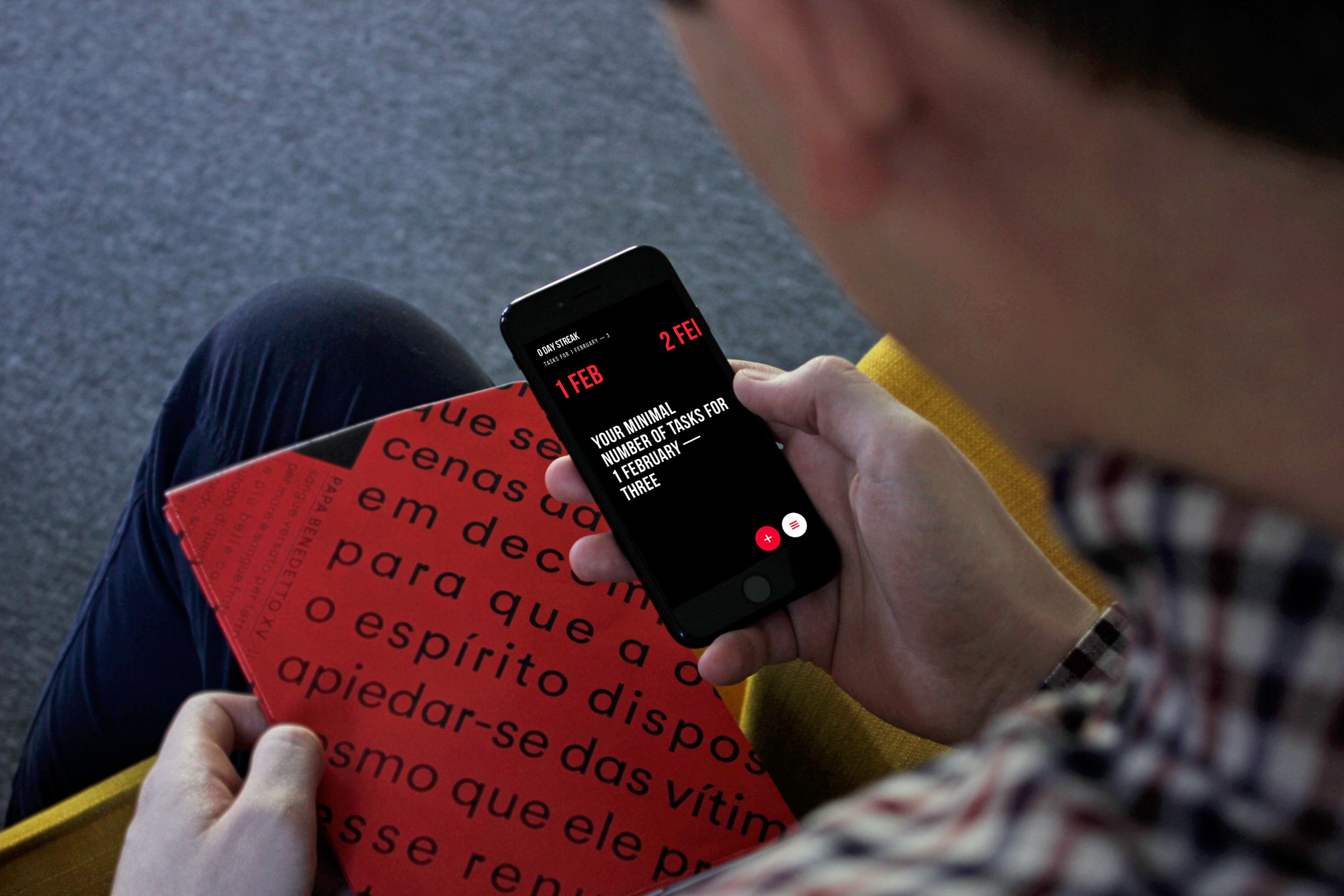
Upper App using the mechanism of intrinsic motivation to boost users’ productivity
The bottom line is simple here: if you want users to like and use your product, give them a reason to love it. They will start their journey with “Why?” and will repeat that question regularly at different levels of interaction – so get prepared to show them the answer.
Useful Articles
Here are some more UX design articles diving into the issues of user psychology and perception.
Psychology in Design. Principles Helping to Understand Users
How Human Memory Works: Tips for UX Designers
Knock Design in Shape: Psychology of Shapes
Gestalt Theory for Efficient UX: Principle of Similarity
Gestalt Theory for UX Design: Principle of Proximity
Color in Design: Influence on User’s Actions
3C of Interface Design: Color, Contrast, Content



